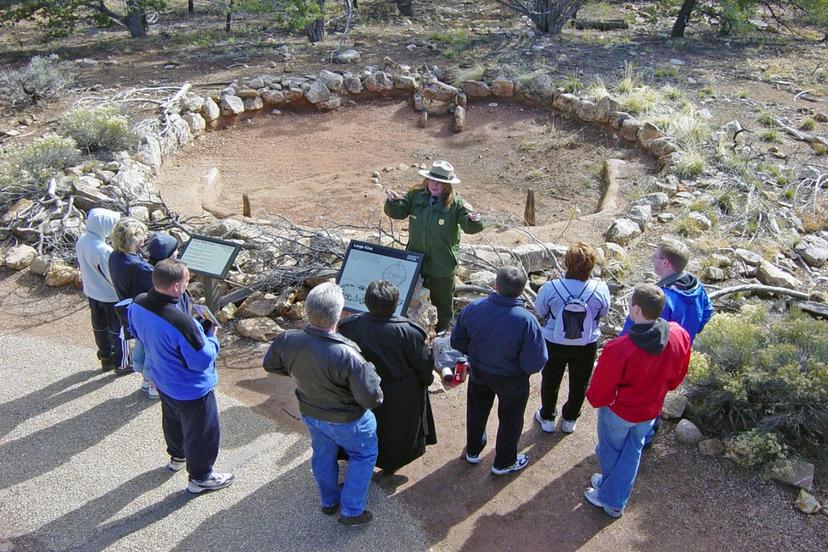Parks and Public Lands

Background
The history of federal land in the United States can be divided into five major eras, some of which overlap one another: acquisition, from 1781, when the land claims of the original states were first ceded to the central government, until the purchase of Alaska in 1867; disposal, from about 1810 until about 1934, when the Taylor Grazing Act was passed; reservation for federal ownership, primarily from 1891 until the late 1930s, when grazing districts were established; custodial management, from 1905, when the Forest Service was set up to care for the national forests, to about 1950; and intensive management, the current era, which began in the early 1950s.
The original portion of the public domain, or federally owned land, consisted of lands ceded by seven eastern states. The ordinance of 1785 stipulated that none of it could be sold until it was surveyed. The office of Surveyor General was established by the Land Act of 1796. The act also provided for the sale of 640 acres at $2 per acre. In the 19th century, the public domain was expanded by vast territorial acquisitions, such as the Louisiana Purchase in 1803 and the area gained by the Mexican War (1846–48).
A great deal of the land was given away to citizens in the 1800s. War veterans were sometimes paid for their service in scrip, a document that could be exchanged for land. The government gave away a vast acreage for grade schools, universities, and specialized institutions.
Demand for cheap land led to the Preemption Act of 1841, under which squatters (people who had settled on public land without paying for it) were given the first chance to buy their tracts for a minimum of $1.25 per acre. The Homestead Act was passed in 1862, and thousands of people rushed to claim free land, mostly in the West, for homes and farms. Under the Small Tract Act of 1938, five-acre tracts were made available in Alaska for $2.50 an acre. In the 1960s, the Bureau of Land Management (BLM) began curtailing the sale of public lands, shifting its policy toward retaining them.
In 1812, Congress established the General Land Office to administer the public domain. The passage of the Taylor Grazing Act in 1934 established the U.S. Grazing Service to provide active range management on public domain lands. In 1946, the Presidential Reorganization Plan Number 2 merged the Grazing Service with the General Land Office to create the BLM within the Department of the Interior.
In 1970, Congress passed the General Authorities Act that ensured that all units of a national system, including the national park system, would be viewed as equally important in the eyes of the government.
The origin of state parks in the United States can be traced back to the 19th century, when the state of New York set up the Adirondack and Catskill Preserves. These preserves and Niagara State Park Reservation were established in 1855. Like most parks, the initial goal of creating them was to protect them from being developed.
In 1921, the National Park Service hosted the first National Conference of State Parks. At the time, 29 states in the country did not have any state parks. However, the 1921 conference brought attention to state parks and the benefits they provide and just four years later, in 1925, all 48 states of the United States had state parks.
City parks were first a derivation of a town green, space located in the center of a city where residents could gather for public meetings and enjoy the grass and trees. Over the years, many cities and urban areas developed city parks from historical properties or lands that were donated by wealthy landowners for use by the public. As described by the City Parks Alliance, the growth of cities' populations has made city parks more important than ever before. "City parks play a vital role in the social, economic, and physical well-being of America's cities and their residents."